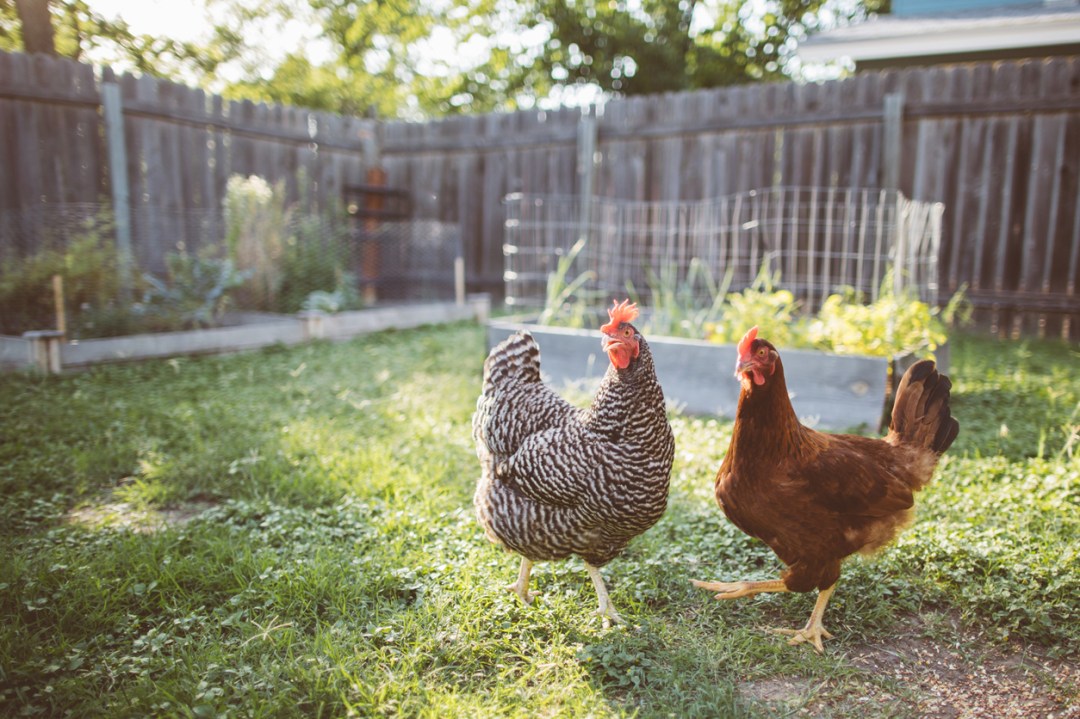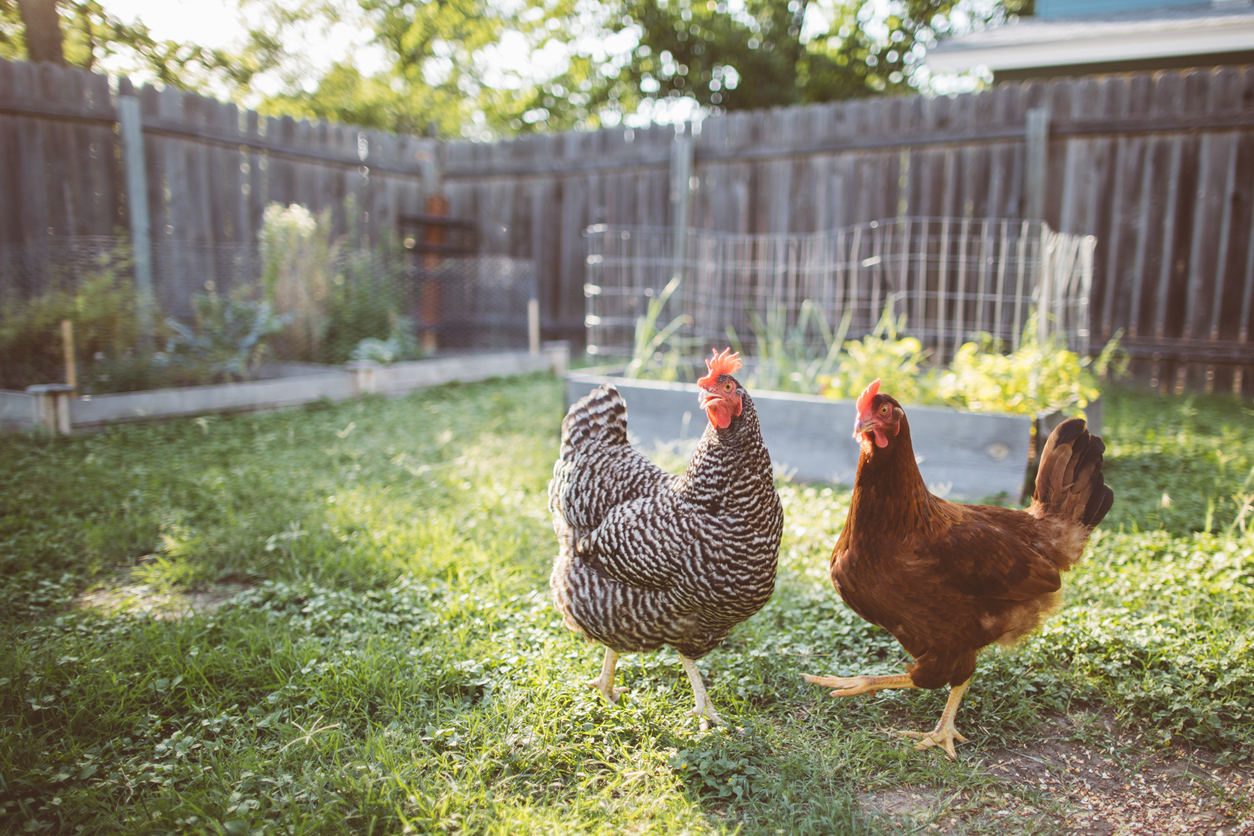Eggs have become an expensive purchase recently, as you’ve no doubt noticed, with supermarket prices in the UK rising by as much as 85 per cent in the past year. Here in America, the cost of a dozen now averages out at $3.29, an improvement on the $4.25 of two months back, but still well north of the $1.50 many consumers are used to. Globally, more than 140 million chickens have been killed by avian flu and related culling since October 2021 – including 48 million across Europe and the UK.
As a result, we find ourselves in one of those periodic cycles where major media outlets loudly debate the merits of backyard chicken flocks. To borrow an observation from The Godfather: these things gotta happen every five years or so. The ‘chick situation’ offers ‘lessons about the broader economy’, the New York Times tells us (this is true, but it’s also the Times’s endearing way of telling us it has learned something new about the economy that the rest of us have known for decades).
Is it possible to produce high-quality eggs in your garden for cheaper than you can buy them in the shops? The answer is yes, absolutely. But as with any financial endeavour, you have to go about it correctly.
To start: your chickens will need a place to roam and a place to sleep. The former is as easy as running some chicken wire around a portion of your garden; for the latter you will need a coop. Many backyard farmers make the mistake of dropping £1,000 on a fancy, painted, gabled Hilton of a chicken coop. Don’t do this. You can easily build a coop for not much more than £100, and less if you use scrap wood. Just make sure it has a big door on one side for easy clean-outs. Chickens poo a lot.
You can reduce your outlay further by feeding your birds whatever scraps they can eat from your kitchen – a historically normal function of poultry that can also save a fair amount of money
Next: you will need to feed them. When I got my first flock of chickens nearly a decade ago, you more or less had to go to a farm store to get your hands on a bag of grain. Now they sell it at pet stores in colourful branded bags. In some places, especially on the internet, you can get your hands on a 50lb bag for around $20 (£16). Chickens eat on average about a quarter of a pound of feed per day; if you have a flock of eight birds, that’s two pounds of feed a day, or about $0.80 (£0.66) per day for just under a month. Not bad at all, given that the average bird lays about one egg per day.
There are plenty of variables that can raise and lower feeding costs. You will need to periodically buy both fine grit and crushed shells to help your chickens digest and lay strong eggs, respectively. You may also want to buy ‘scratch grains’ to throw down in the chicken yard and keep your birds happy with foraging and pecking. None of these factors will drive your operating costs up all that much. And you can reduce these outlays even further by feeding your birds whatever scraps they can eat from your kitchen – a historically normal function of poultry that can also save a fair amount of money.
Unforeseen factors can and often do complicate animal husbandry. But the overall simplicity of the matter is fairly clear. It’s not hard to raise your own chickens – and if done right you can have exceptionally high-quality eggs for a fraction of the price you would pay at the supermarket. And try even one of your own eggs, freshly laid from hens you’ve raised well, and you won’t much care what they cost anyway.
Sadly, much of the recent media coverage of backyard chicken farming here in the US is abjectly negative. ‘Think backyard chickens will solve your egg problems? Think again,’ the Washington Post claims. ‘Backyard chickens won’t save you from high egg prices,’ declares the Takeout. ‘High egg prices may tempt you to start your own backyard flock,’ CNN warns, ‘but chickens carry some health risks’.
This is on its face very odd. These outlets all lean left. You would think they would welcome any trend in which consumers extricated themselves from capitalistic exchange. But the opposition to backyard chicken flocks is often echoed by the specialists themselves. ‘You’ll never be able to produce eggs cheaper than the store,’ University of Kentucky poultry specialist Jacquie Jacob told Pew Trusts last week. ‘I know a lot of people who have considered [raising backyard chickens], and then went to the store, saw the price of feed and said no.’
Professor Jacob must not know very many people. Her framing of the issue is itself flawed and incomplete: she claims homeowners are unable to ‘produce eggs cheaper than the store’, but which store is she referring to, and which eggs? The egg economy is among the more diverse and variegated sections of the supermarket, as any weekly shopper will tell you. In easy times, you can get a dozen Grade A whites for $0.89/dozen; at the other end of the cooler you can grab Omega-3-rich pastured eggs for $7.99. There is no one egg, no one price to buy it at.
Forget the naysayers and look into the backyard chicken game. That way, the next time this crisis rolls around, you actually will be counting your chickens before they hatch.
A version of this article was originally published in The Spectator’s World edition.







Comments